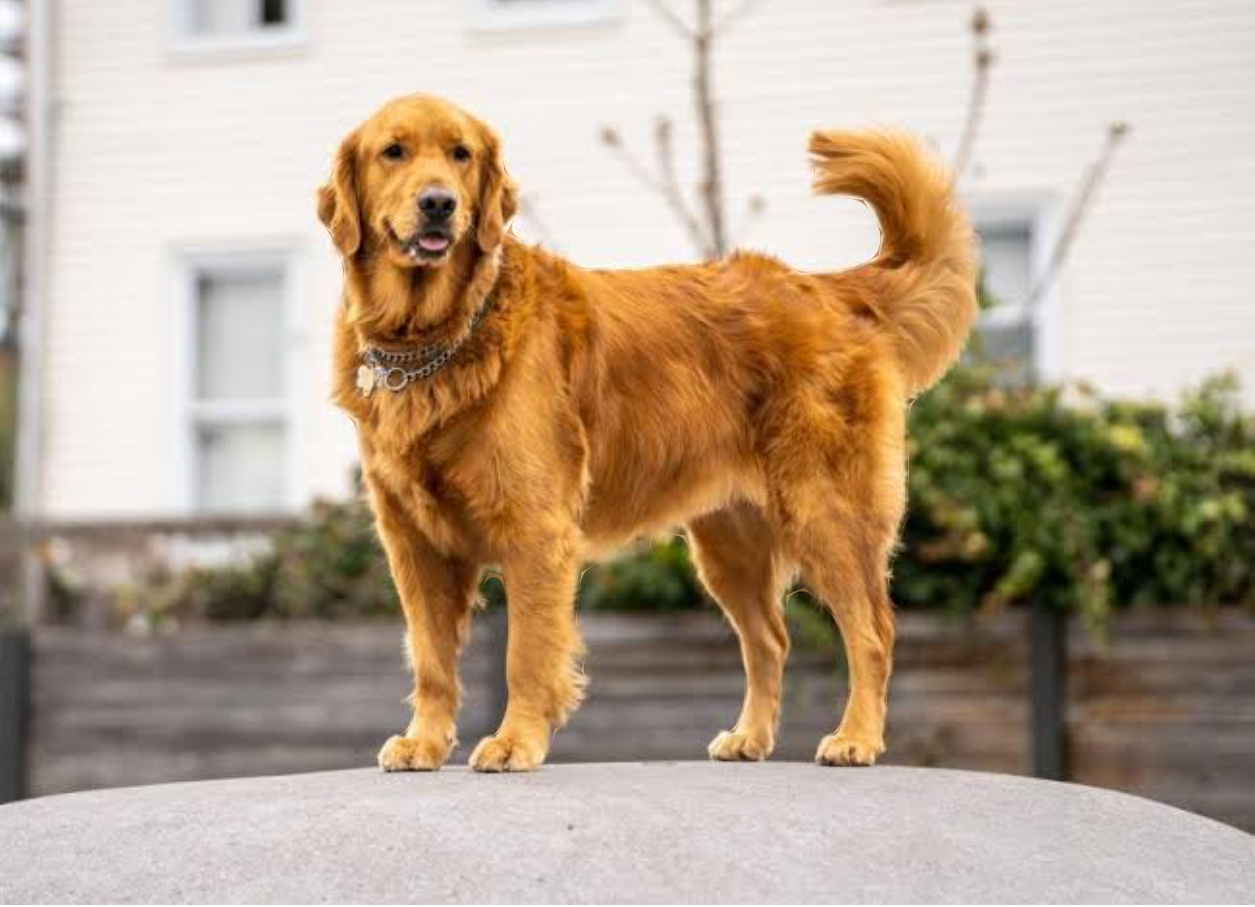Dogs can see colors, but not the same colors as you see. They see greenish–blue colors as white or gray. They can tell the difference between blues and most other colors, including reds, but often confuse hues ranging between greenish-yellow and red. Because dogs can only see two colors, they have dichromatic vision. They can also see shades of gray. Colors such as red, orange, and green are out of a dog's color spectrum, so these colors are not visible to dogs. This is why hunters can wear orange to be visible to other hunters but not to animals. Their secret weapon is the part of the canine eye called the tapetum lucidum. The tapetum is a special layer of reflective cells behind the retina that acts as a mirror within the eye, reflecting the light that enters it and giving the retina another opportunity to register that light. Dogs are also very nearsighted compared to humans. A special test, custom-made for dogs, puts them at around 20/75 vision, according to Psychology Today. This that what means a human could barely see at 75 feet is what a dog can just about make out at 20 feet.
How the dogs see
Posted 2024-10-04 15:19:03

Record
Recording 00:00
Commenting has been turned off for this post.
Categorías
- Sustainability
- Home
- Wellness
- Theater
- Sports
- Shopping
- Religion
- Party
- Other
- Networking
- Music
- Literature
- Art
- Health
- Gardening
- Juegos
- Food
- Fitness
- Film
- Drinks
- Dance
- Crafts
- Causes
Read More
SDG 7
Sustainable development goal 7 is one of the 17 sustainable development goals established by the...
pollution
Pollution, caused primarily by human activities like industrialization, urbanization, and...
Benefits of gooseberries
Benefits of Gooseberries
Gooseberries, also known as amla in India, are small, tangy fruits...
The Rise Of Ethical Fashion
In a world of fast-paced trends and mass production, a quiet revolution is taking place in our...
Typhoon Bebinca, the strongest storm to hit Shanghai since 1949, shuts down megacity
All flights at Shanghai's two main airports are grounded, and ferry services and some trains have...
×
Your daily access limit has been reached. Please try again tomorrow.
© 2025 GoSharpener Pvt.Ltd.
Refund and Cancellation policy - We do not entertain any refunds and cancellation
Refund and Cancellation policy - We do not entertain any refunds and cancellation
